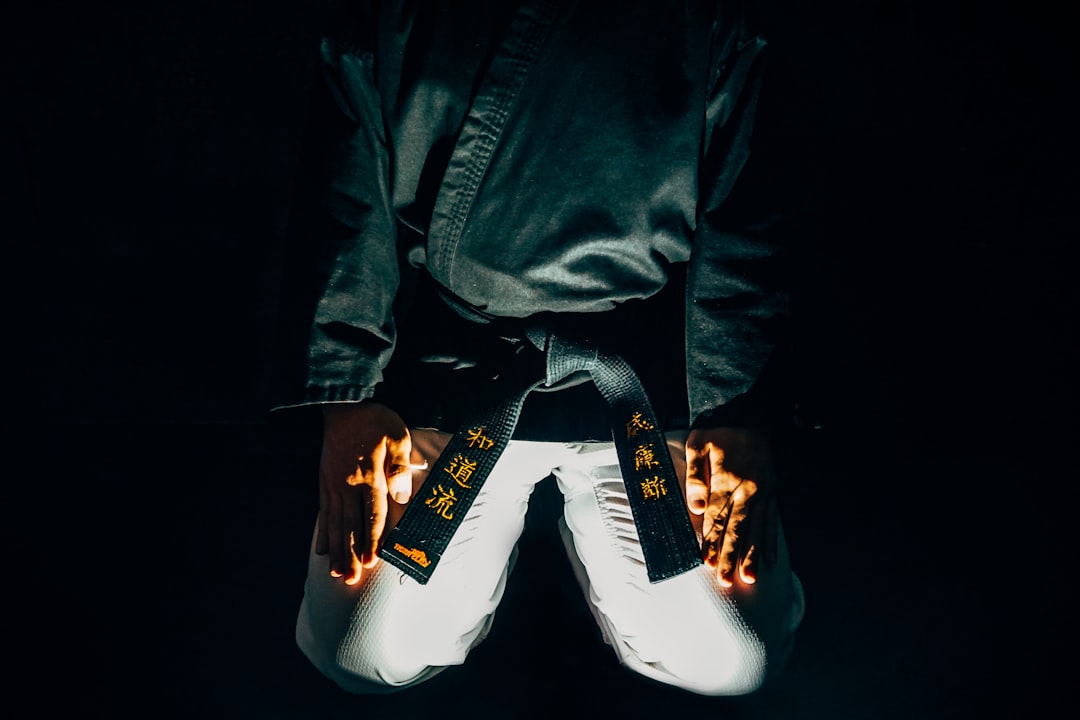The traditional attire for karate practitioners, known as keikogi or karate gi, is distinct from common terms like "gi" or "kimono." This martial arts uniform, essential for the mobility and comfort needed during training, carries significant cultural meaning. It is typically white to symbolize purity and humility, and its correct identification as 'keikogi' or 'karate gi' is important for understanding the depth of karate's tradition and philosophy. The keikogi, which consists of a jacket and trousers, reflects the sport's Okinawan origins and has evolved into an internationally recognized symbol of discipline and respect in karate competitions. Beyond being mere clothing, the belts adorning the gi denote different skill levels and ranks within the martial art, making it a representation of a practitioner's dedication and mastery.
Embark on a journey through the dojo to uncover the essence of a karate practitioner’s attire. From the mat to the medal stand, the karate outfit, known as a gi, stands as a symbol of discipline and tradition. This article delves into the terminology and significance of this garb, exploring its evolution and impact on the martial art’s culture. Discover the proper name for a karate uniform and understand why the gi is more than mere clothing—it’s a cornerstone of karate’s heritage.
- Unveiling the Terminology: What Is the Proper Name for a Karate Uniform?
- The Evolution and Significance of Karate Gi Attire
Unveiling the Terminology: What Is the Proper Name for a Karate Uniform?

When practicing the disciplined art of karate, practitioners don a specialized attire that signifies their dedication to the martial way. But what exactly is the proper name for this traditional karate outfit? Often referred to colloquially as a “gi” or “kimono,” those new to martial arts might be curious about the precise terminology used in karate circles. The karate uniform, specifically designed for optimal mobility and comfort during training, is known as a “keikogi” within the karate community. This term directly translates from Japanese to mean “practice clothes.” It’s a garment that every karateka, or practitioner, should be familiar with, as it is an integral part of the martial art’s rich tradition. The keikogi typically consists of a jacket and trousers, both worn by the practitioner, and is often white in color, which symbolizes purity and humility—key tenets of karate philosophy.
The Evolution and Significance of Karate Gi Attire

The traditional garb worn by practitioners of karate, often referred to colloquially as a “karate gi,” is steeped in history and significance. This cotton uniform, characterized by its belt system known as a “obi,” has evolved over time from the functional attire of Okinawan martial artists to the standardized garb seen worldwide today. The evolution of the karate gi reflects the discipline’s transition from a regional practice to an internationally recognized sport. Initially, these outfits were simple and practical, designed to facilitate movement during training. Over the years, as karate became more formalized and its principles spread beyond its origins, the design of the gi underwent subtle changes to meet the needs of both practitioners and competitions, ensuring that the attire remained consistent with the martial art’s ethos of discipline and respect.
What do you call a karate uniform? A karate gi is the proper term for a karate outfit. The term “gi” originates from Japanese judo and kendo terminology, emphasizing its martial arts roots. The design of a karate gi typically includes a jacket and trousers, tied together with a belt, which itself has different colors denoting the wearer’s rank or level of skill. The evolution of the karate gi underscores the sport’s cultural adaptation while maintaining its core values and traditions. It is not merely a uniform but a symbol of the practitioner’s dedication and progress in mastering the art of karate.
In conclusion, understanding the proper terminology for a karate uniform—often referred to as a ‘karate gi’—reveals a deeper appreciation for the sport’s rich history and tradition. The evolution of this essential attire mirrors the progression of karate itself, from its origins to the modern mat where it is practiced around the world. Whether you are a seasoned practitioner or an interested observer, recognizing the ‘karate gi’ as more than just a uniform but as a symbol of discipline, respect, and martial spirit is key to embracing the full essence of karate.
